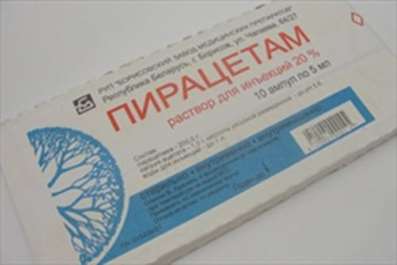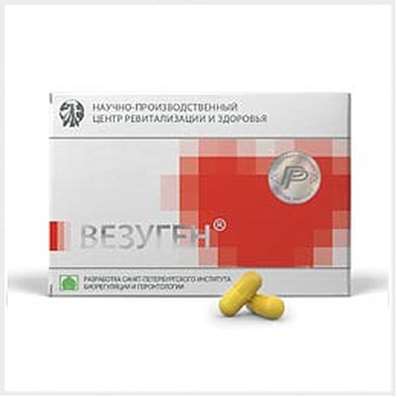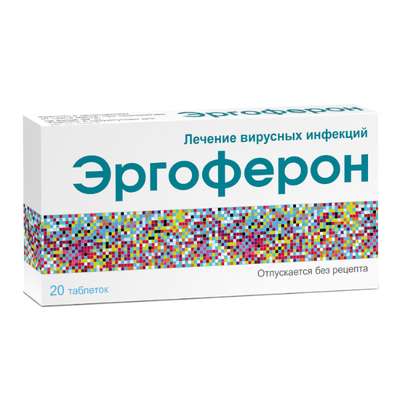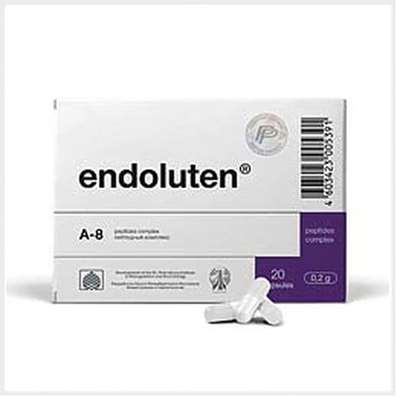Stomatitis. Not so simple...
26 Jul 2018
Many people get acquainted with stomatitis even in infancy, then from time to time the illness reminds oneself - and so on until the very old age ... This disease has many kinds and forms that unite, perhaps, two common features: first, the location of the foci disease, and secondly, the fact that without the help of specialists completely and reliably cure it will not work.
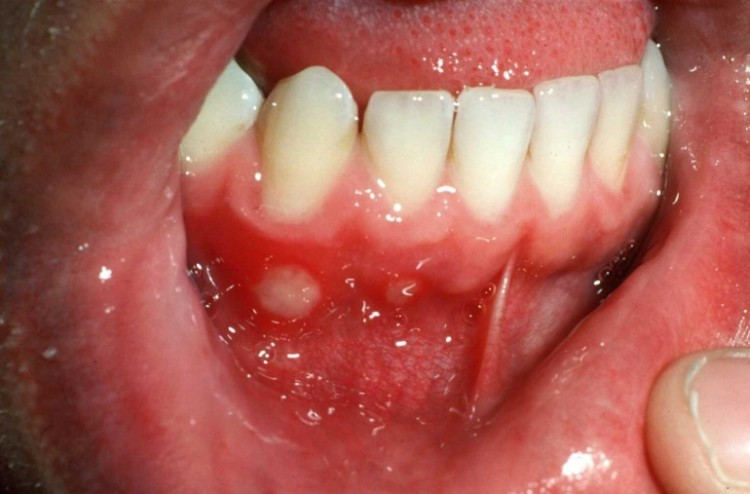
Everything in the mouth
Most common infectious stomatitis, and the causative agents can be a variety of microorganisms from viruses to fungi.
The term "stomatitis" refers to the lesion of the oral mucosa. Previously, it was believed that stomatitis - an inflammatory disease, it was now found that not all of its forms are directly related to inflammation, in some cases this condition can be caused by an immune (and autoimmune) reaction. Usually, stomatitis as such is said in case of extensive lesions affecting different parts of the oral cavity, however, for the same reasons and symptoms, depending on the localization of the problem, a diagnosis can be made of "cheilitis" (if the lesion is located on the lips), "palatinitis" (the disease affects sky), glossitis (the focus is localized on the mucous membrane of the tongue), and finally, one of the most common types of stomatitis is gingivitis, gum lesions.
The main factors contributing to the development of stomatitis are the weakening of the immune system due to illnesses, stresses, vitamin deficiency, etc., infections and trauma. And the sources of injuries can be very different - from calculus, irritating and damaging the gum, to too hot or too spicy food, resulting in thermal or chemical burns of the mucosa. Untreated in time diseases of teeth and gums, substandard, not fitted, etc. dentures, even improper cleaning of teeth - all this can lead to the development of some form of stomatitis.
The easiest form is catarrhal stomatitis, with it the mucous membrane of the oral cavity becomes painful in some areas, reddens and swells, the patient feels dryness and burning sensation in the mouth. Catarrhal stomatitis can appear for a variety of reasons, from burns to infections. Very often it is in the form of catarrhal allergic stomatitis, which can cause both food allergens, and any drugs. This form is considered the easiest, with no significant damage to the mucosa, and with timely proper treatment, stomatitis usually passes quickly and without consequences.
In this case, acute herpetic stomatitis can proceed quite heavily, with a rise in temperature to 39-40 ° C, and requires a multi-day treatment.
When fibrinous, or aphthous stomatitis on the mucous membrane, characteristic defects - aphthae, small round or oval ulcers with redness and swelling around the damaged area are formed. Aphids originate from small vesicles and sometimes remain covered with a film; therefore, with aphthous stomatitis, another form is sometimes confused: vesicular stomatitis, which is characterized by the formation of vesicles-point bubbles opening up during mechanical injuries (for example, when chewing food). The nature of aphthous and vesicular stomatitis is different (vesicular usually develops with viral infections), accordingly, treatment will be different, so that errors in diagnosis can greatly complicate the appointment of the right treatment.
And mistakes in treatment are fraught with the transition of stomatitis to ulcerative, or gangrenous - this is the heaviest form with extensive and profound lesions of the mucous membrane, passing to neighboring tissues. Usually ulcerative stomatitis is observed with weakened immunity and develops as a consequence in time of not cured acute stomatitis or as an exacerbation of a chronic disease.
Let's look at the reasons
In order to cure stomatitis (like any other disease), you need to know exactly its cause. The easiest way is in cases of traumatic stomatitis - damage to the mucous membrane with a stiff piece of food, bite of the cheek or lip, burn, etc. are usually felt immediately, and the place of damage is remembered well, and a poorly fitted denture makes itself felt in the most unambiguous way. After the injury, of course, its cause is often not eliminated (although in the case of a tartar or an interfering prosthesis it is possible and necessary to immediately go to the dentist), but you can reduce the risk of unwanted consequences by treating the injury site with an antiseptic and continuing this treatment regularly until complete healing. If the measures are taken in a timely manner, stomatitis either does not develop at all, or passes in mild catarrhal form, but the continuation of permanent trauma and infection of the wound can lead to the formation of ulcers and ulcers, which will be cured much more difficult.
Most often, stomatitis is infectious, and pathogens can be a variety of microorganisms - from viruses to fungi. Viral stomatitis often develops as a complication of more extensive virus infections - influenza, measles, etc., and usually occur in a vesicular form, in which case it is not necessary to understand the cause of stomatitis simply and separately, except for the already prescribed antiviral and immunomodulatory therapy . But stomatitis caused by herpes viruses or human papillomaviruses, are often chronic, repetitive, and this is an occasion for examining the immune system: in order to prevent the development of such a disease, natural body protection is sufficient, and relapses indicate its weakening. In this case, acute herpetic stomatitis can proceed quite heavily, with a rise in temperature to 39-40 ° C, and requires a multi-day treatment.
Bacterial infectious stomatitis is also often caused by the same microbes that affect the mucous membrane of the respiratory tract, eye, etc. - stomatitis may be accompanied by diphtheria, scarlet fever, gonorrhea, streptococcal and staphylococcal infections. Most often this also occurs against a background of decreased immunity, in addition, bacterial infection can be secondary, developing at the site of damage to the mucous membrane in trauma, vesicle opening, etc. Bacterial stomatitis usually occurs in aphthous, and started - in ulcer form, and the appearance of aphthae is possible even with a mixed allergic-infectious form of the disease, so that in addition to identifying the pathogen and taking antibiotics, consultation with an allergist and complex treatment may be required.
With long-term treatment (and especially self-medication) with antibiotics and reduced immunity, fungal (usually candidal) stomatitis often develops.
With long-term treatment (and especially self-medication) with antibiotics and reduced immunity, fungal (usually candidal) stomatitis often develops. However, it also occurs as an independent infection. With candidiasis stomatitis, the mucous membrane not only dries, hurts and blushes, but is often covered with a white, curdled coating with an unpleasant "sour" smell. For treatment, usually not only antifungal drugs are prescribed, but also immunostimulants.
In special groups, stomatitis is symptomatic and specific. Symptomatic stomatitis of this or that nature arises as a consequence of various general diseases, which are not directly related to the oral cavity, such as vascular diseases, nervous, endocrine, and even abnormalities of the digestive tract. Often, symptomatic stomatitis is mild, the patients do not pay much attention to it and do not go to the doctors. But experts in such cases usually are alarmed by the ineffectiveness of the usual treatment of mild catarrhal stomatitis, and they can refer the patient for examination to other doctors, as a result of which serious chronic diseases that a person could not suspect were revealed.
Specific stomatitis occurs under the influence of certain external factors, for example, taking medications (medicinal stomatitis), penetrating radiation (radiation stomatitis), poisoning with various chemical substances (toxic stomatitis), some cases of stomatitis development in case of severe systemic diseases - syphilis, tuberculosis, etc.
How and what to treat?
We are used to treating a dentist with complaints of toothache. However, with all suspicions of stomatitis, it is necessary first of all to go to this specialist, without waiting for the large purulent ulcers to grow from small spots. Further, it is likely that other doctors will also have to undergo a screening - in search of the cause of the disease, which may not be covered in the oral cavity, and normal, complex, systemic treatment, which can include a variety of procedures (with stomatitis often prescribed and physiotherapy) and drugs - from vitamin-mineral complexes to broad-spectrum antibiotics.
But special attention, of course, will have to be given to various local remedies for antiseptic treatment and anti-inflammatory therapy in the oral cavity. Their choice is now quite large - they are herbal preparations (usually herbal extracts and the like for rinsing), and soft forms - gels, ointments, creams for application to mucous membranes, and aerosols with antiseptics, antibiotics and the means creating a protective film on the affected areas. Some drugs used to treat colds may also prove useful. This is primarily lollipops, lozenges, resorption tablets that have a complex effect - antiseptic, anti-inflammatory, analgesic.
It is necessary to use medicines quite often - at least after each meal it will be necessary to carefully process the oral cavity, so that the food remains do not irritate the painful areas and do not create a breeding ground for the reproduction of bacteria and fungi. By the way, in the diet, there can be changes: for successful treatment of stomatitis, you must give up acute, salty, sour, dry, hot food - in short, anything that can affect the mucous membrane too much. Usually, preference is given to boiled, steam and ground foods with increased amounts of vitamins and reduced carbohydrates. And, of course, we must not forget about the means of caring for teeth and gums: even if stomatitis is localized in other areas of the mucosa, it can spread to the gums, it is generally one of the most vulnerable places in the mouth. Therefore toothbrushes, pastes, elixirs for rinsing should become the topic of a separate conversation with the dentist, and it is possible that during the treatment it will be necessary to use special means for more gentle cleaning and additional protection of the soft tissues of the oral cavity.

 Cart
Cart

